Maryland‘s Eastern Shore is set to witness a groundbreaking use of Drone Technology to improve healthcare access for its rural communities. Governor Wes Moore recently announced a $1.7 million grant for the ‘Eastern Shore Pilot Program,’ aimed at using drones to transport medical supplies between Crisfield and Smith Island.
Bridging the Gap with Drones
The program, part of the ‘Strengthening Mobility and Revolutionizing Transportation’ (SMART) grants, seeks to address the health disparities in Somerset County’s rural areas. Smith Island, in particular, faces unique challenges due to its isolation and limited transportation options.
“People living on Smith Island will have this access to the medical needs and medical supplies of the medicines they need to live and thrive on Smith Island,” said Maryland State Senator Mary Beth Carozza.
How It Works
The drone delivery system will facilitate the transport of:
- Prescriptions from the mainland to Smith Island
- Lab samples from patients on Smith Island back to the mainland for testing
John Slaughter, Director of UMD’s UAS Research and Operations Center, highlighted the potential of this technology:
“For instance, take prescriptions from the mainland out to Smith Island or perhaps pick up lab samples from a patient out on Smith Island and bring it back for testing.”
Partners and Future Outlook
The Maryland Department of Planning will manage the grant, collaborating with:
- University of Maryland Eastern Shore Aviation Science Program
- School of Pharmacy
- UMD UAS Research and Operations Center
This initial $1.7 million funding is just the first stage. If successful, the project could qualify for stage 2 funding of up to $15 million, potentially expanding these services across the Eastern Shore.
DroneXL’s Take
This innovative use of drone technology for healthcare delivery aligns with the growing trend of drones for good. We’ve seen similar initiatives in other parts of the world, but this project could set a precedent for rural healthcare access in the U.S. It’s a prime example of how drones can literally be lifesavers, bridging geographical gaps that traditional transportation methods struggle to overcome.
As we continue to cover developments in drone delivery, this project stands out as a beacon of progress in utilizing unmanned aerial systems for critical public services.
What are your thoughts on using drones for medical deliveries? Share your opinion in the comments below.
Photo courtesy of WMDT
Discover more from DroneXL.co
Subscribe to get the latest posts sent to your email.

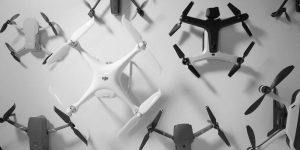


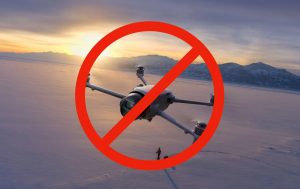
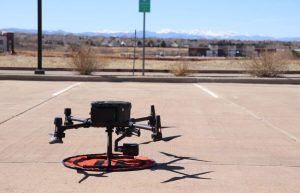

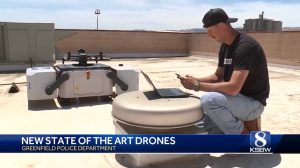


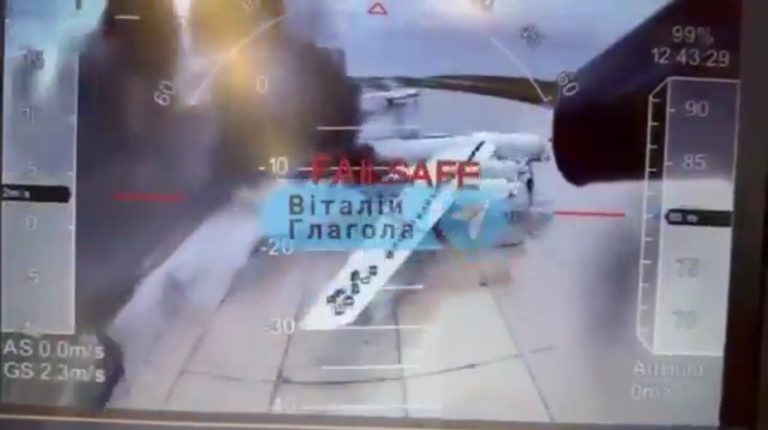
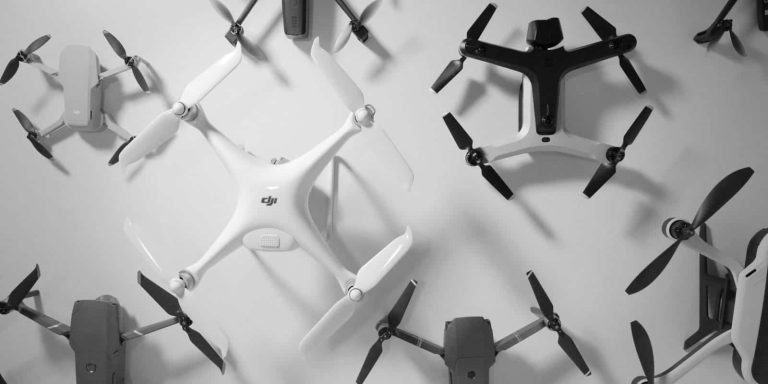


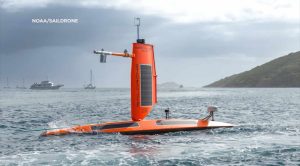

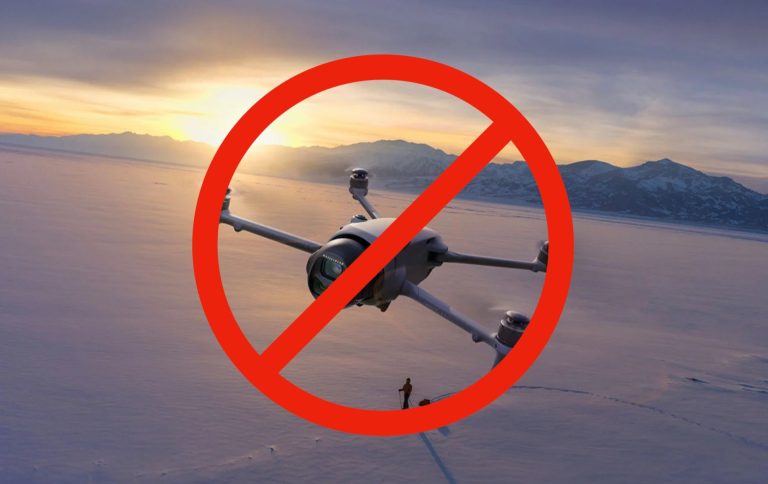
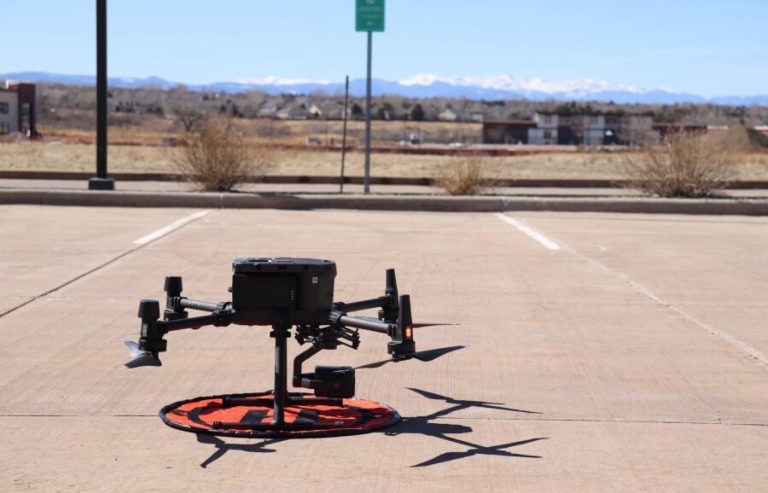
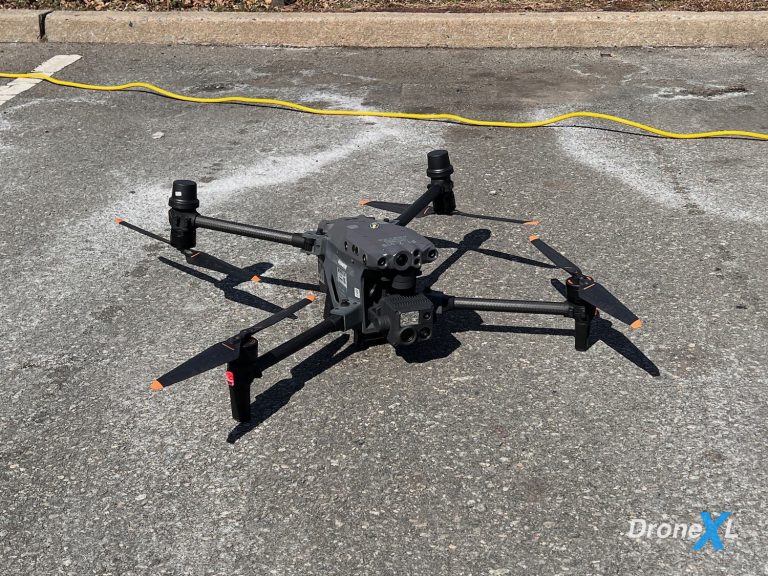

+ There are no comments
Add yours